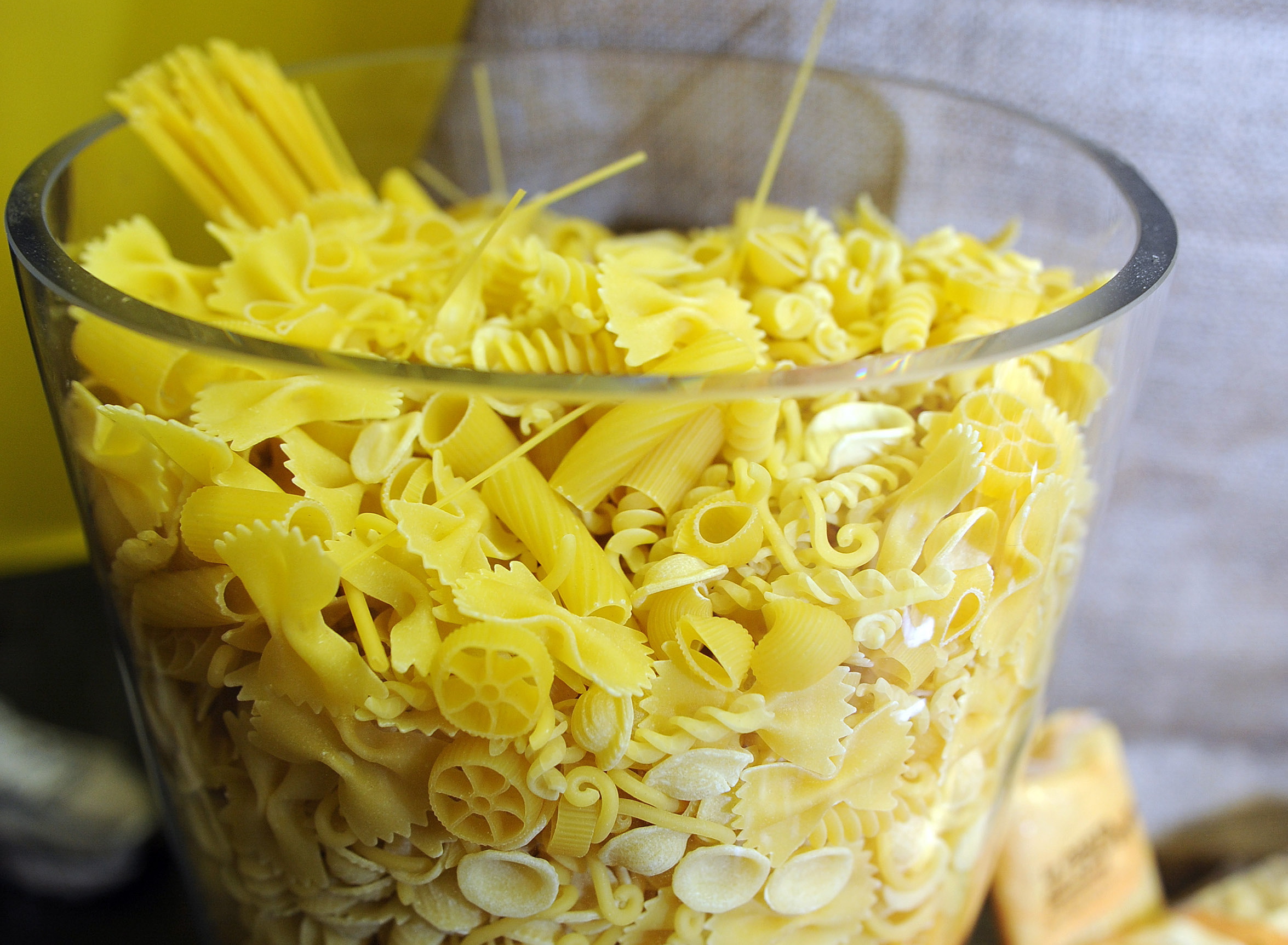Italian pasta has certainly become one of the most appreciated food products around the world. The Association of desserts and pasta Italian industries (Adepi) has issued some figures revealing that one out of four pasta dishes around the world comes from the Italian pasta industry. In fact, 57% of the whole pasta production in Italy is devoted to foreign markets.
As a consequence, pasta recipes are mostly tailored according to the local taste and preferences. No wonder many dishes considered as normal by the locals might be regarded as “weird” by Italians. To give some examples, Corriere della Sera spotlighted the Six Pasta Capitals abroad, whose increased pasta consumption highlights the fact that it became part of most of the population’s daily diet.
The first city is Berlin (Germany), where the spaghetti al ragù (spaghetti with mince meat and tomato sauce) can be considered as a national dish. Much more favourite to rice, noodles, couscous and pizza, this spaghetti became regular at kids’ parties. Moreover, Germans eat 8.5kg of pasta per person per year, positioning as the first export market for Italian pasta.
New York pasta specialty is baked ziti, a traditional kind of pasta from Naples. In the last 30 years, Americans have doubled pasta consumption and it is even more appreciated than chocolate. For these reasons, the US are the first extra-European Italian pasta market.
Also Beijing, in China, has considerably increased its Italian pasta consumption, hitting the 15 thousand tonnes in 2014. Among the most appreciated dishes, it is worth mentioning Pork Spaghetti, cooked in a dark sauce made of bacon, pork, cucumber and duck broth.
In Tokyo (Japan) people became extremely fond of spaghetti, paccheri and fusilli. It is not rare to find Italian chefs or Japanese ones who made some work experience in Italy.
Rio de Janeiro (Brazil) has also elaborated its own spaghetti version, i.e. macarrão ao molho branco, a sauce made of butter, milk, salt and pepper.
Finally, in Addis Abeba (Ethiopia) the berberè spaghetti, served in a sauce with several spices, turned out to be extremely popular.
Follow @castaritaHK

